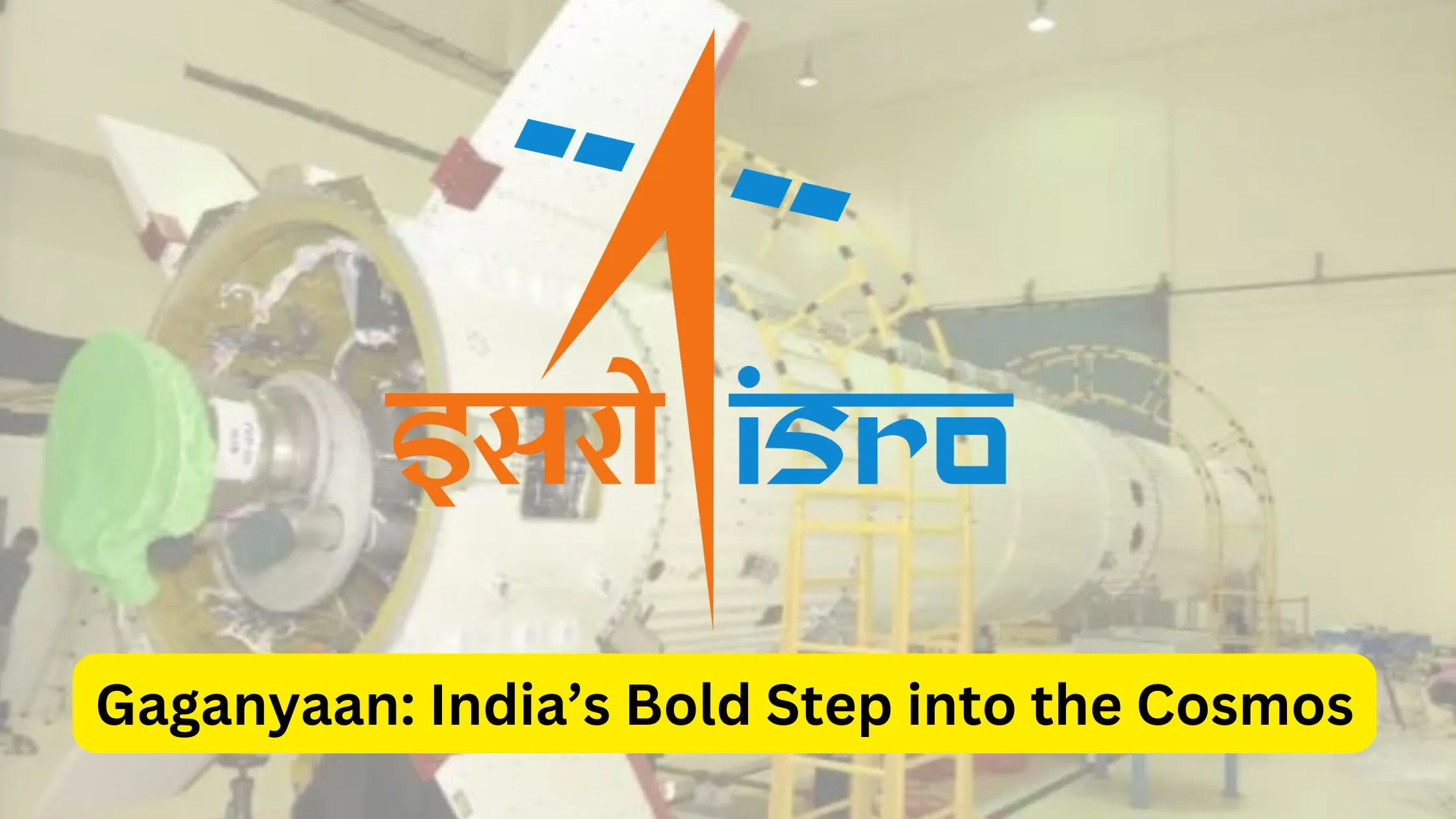Exploring ISRO’s Gaganyaan Mission: A Step Towards India’s First Human Spaceflight
The Human Space Flight Centre (HSFC) is at the heart of ISRO’s ambitious Gaganyaan programme. It leads the mission by coordinating activities across ISRO centers, research labs, Indian academia, and industries. The primary goal of HSFC is to ensure the mission’s success by focusing on key technologies, especially those related to human safety and life support systems.
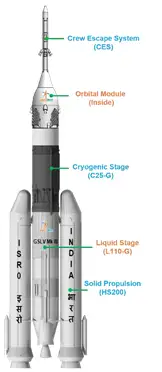
What is Gaganyaan?
The Gaganyaan Mission aims to demonstrate India’s capability in human spaceflight by launching a crew of three astronauts into space. The crew will orbit 400 kilometers above Earth for three days before returning safely to Indian waters. This is a huge step for India’s space exploration, showcasing the nation’s technological and scientific prowess.
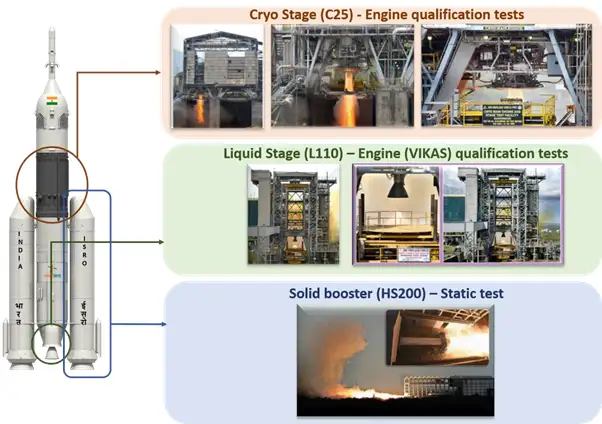
Key Technologies of Gaganyaan
To achieve this complex mission, various new technologies are being developed. These include:
- A Human-Rated Launch Vehicle (HLVM3): This is a specially modified version of ISRO’s proven LVM3 rocket, equipped with enhanced safety features to carry astronauts.
- Life Support Systems: These systems will provide astronauts with an Earth-like environment while in space.
- Crew Escape System (CES): In the event of an emergency, this system will safely eject the crew module to a secure distance.
Gaganyaan’s Precursor Missions
Before the actual human spaceflight, several unmanned missions will test the safety and reliability of the systems. These include:
- Pad Abort Test (PAT)
- Integrated Air Drop Test (IADT)
- Test Vehicle (TV) Flights
Each of these tests is critical to ensure the success and safety of the final mission.


The Role of the Orbital Module
The astronauts will travel in the Orbital Module (OM), which consists of two parts:
- Crew Module (CM): This is where the astronauts will live and work. It has all the necessary life support systems and is designed to ensure their safety during re-entry.
- Service Module (SM): This provides essential functions like thermal regulation, propulsion, and power systems while the astronauts are in orbit.
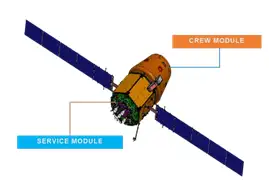
Astronaut Training for Gaganyaan
To prepare the crew for space, ISRO has established an Astronaut Training Facility in Bengaluru. Here, astronauts undergo a rigorous program, including physical fitness, simulator training, and microgravity familiarization. This training ensures they are well-prepared for the demands of space travel.

Gaganyaan Mission Astronauts: India’s First Crew for Space Exploration
India is preparing for a historic milestone with the Gaganyaan mission, and on February 27, 2024, Prime Minister Narendra Modi officially introduced the first Gaganyaan mission astronauts. The four selected crew members, all from the Indian Air Force (IAF), are:
- Group Captain Prashanth Balakrishnan Nair
- Group Captain Ajit Krishnan
- Group Captain Angad Prathap
- Wing Commander Shubanshu Shukla
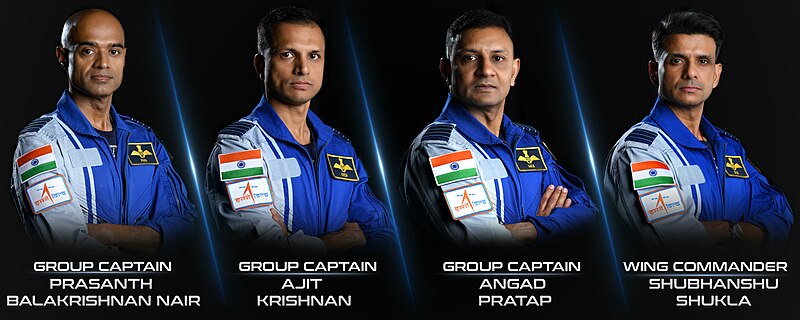
These highly skilled Gaganyaan mission crew members are experienced test pilots, trained to handle the intense challenges of space travel. Their selection marks a significant step towards realizing India’s dream of human spaceflight.
Gaganyaan Mission Astronauts Training
The training program for these astronauts is rigorous and includes sessions both in India and abroad. Two astronauts from this group will undergo advanced Gaganyaan mission astronauts training at NASA facilities. This preparation is crucial for their participation in Axiom Mission 4, a mission to the International Space Station (ISS), which is an important part of their overall training for India’s manned space mission.
On August 2, 2024, ISRO revealed that Wing Commander Shubanshu Shukla would be a primary crew member for Axiom Mission 4, with Group Captain Prashanth Balakrishnan Nair as his backup.
ISRO Gaganyaan Mission Astronauts: Details and Selection
The ISRO Gaganyaan mission astronauts were carefully selected based on their extensive experience as test pilots in the IAF. These pilots have been trained to operate under extreme conditions, making them ideal candidates for the mission. Their role will be critical in advancing India’s space program, with each astronaut playing a key part in testing and training for future missions.
Future of Gaganyaan Mission Astronauts
The Gaganyaan mission crew members will not only represent India in space but will also bring back valuable knowledge and experience from their international collaborations. This mission is a stepping stone towards India’s broader goals in space exploration, which includes building space stations and participating in interplanetary missions in the future.
Vyommitra: India’s Humanoid Robot Astronaut
A Revolutionary Step in Space Exploration
On January 22, 2020, the Indian Space Research Organisation (ISRO) unveiled Vyommitra, a groundbreaking humanoid robot designed to accompany astronauts on the historic Gaganyaan mission. Unlike other nations that have flown animals in experimental missions, ISRO has chosen to use humanoid robots to better understand the effects of weightlessness and radiation on the human body during extended spaceflights.
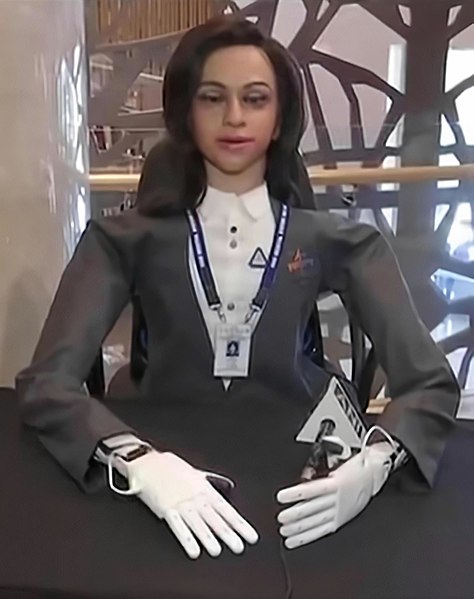
Purpose and Functionality
Vyommitra will play a vital role in uncrewed Gaganyaan missions, where it is expected to perform a variety of tasks, including:
- Conducting Microgravity Experiments: Vyommitra will assist in scientific experiments that require microgravity, providing valuable data for future missions.
- Monitoring Module Parameters: The robot will keep an eye on the spacecraft’s environmental conditions, ensuring everything operates smoothly.
- Supporting Astronauts: In future crewed missions, Vyommitra will simulate human functions from the waist up, aiding astronauts in their daily tasks.
Unique Features
Vyommitra is designed to be more than just a machine. Some of its impressive capabilities include:
- Bilingual Communication: The robot is programmed to communicate in both Hindi and English, making it a versatile companion for astronauts.
- Environmental Awareness: Vyommitra can detect changes in the cabin environment and provide warnings if conditions become uncomfortable for the crew. It can also adjust air conditioning as needed.
- Autonomous Operation: The robot is capable of completing tasks independently and can follow new commands, enhancing its functionality during missions.
As India prepares for its first crewed spaceflight, Vyommitra stands at the forefront of this revolutionary journey. With its advanced capabilities and human-like interaction, this humanoid robot represents a significant leap forward in understanding how to support astronauts in the challenging environment of space. Vyommitra is not just a machine; it’s a testament to India’s innovative spirit and commitment to exploring the cosmos.
Looking Ahead
The Gaganyaan mission is not just about sending astronauts into space for a few days. It’s a stepping stone for future projects, including building space stations and undertaking manned missions to the Moon, Mars, and even asteroids.
India is poised to make history with Gaganyaan, marking its entry into the elite group of nations capable of human spaceflight.
